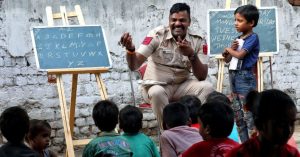One Programme Helps Teachers Across 12 States Improve Learning Outcomes for Children
Central Square Foundation, a non-profit organisation, is working towards transforming the school education system in India by improving learning outcomes for all children as per NIPUN Bharat Mission guidelines.

This article is in partnership with the Central Square Foundation.
“I love colouring, connecting the dots in my workbook, and learning to count using marbles. Mathematics is my favourite subject,” says Darpan Malaviya, a Class 1 student from the primary school in Kodiya Chhitu village of Sehore district in Madhya Pradesh.
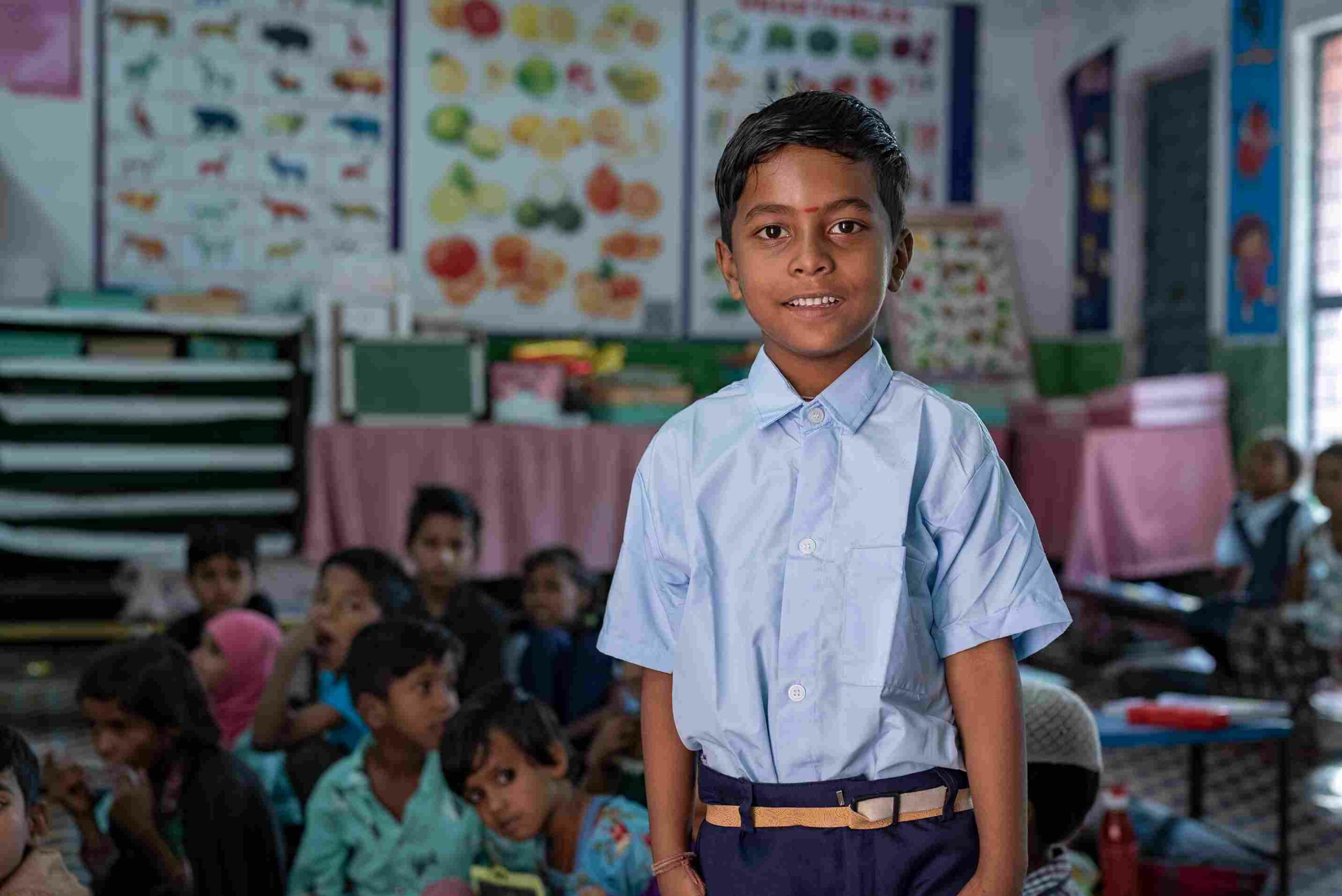
Darpan’s school is one of the many primary schools in India where there has been an enthusiastic stir in the public education system. Central Square Foundation (CSF) has been working to empower children with fundamental literacy and numeracy skills while ensuring the right delivery of the curriculum — as per NIPUN Bharat Mission guidelines and State Education boards’ framework.
Founded in 2012, Central Square Foundation is a non-profit organisation, working to transform the Indian school education system by improving the learning outcomes of all children, primarily from low-income communities.
CSF’s work is mainly focused on four impact areas — Foundational Literacy and Numeracy (FLN), EdTech, Affordable Private Schools, and Early Childhood Education.

“We are currently working in about 12 states across India, and in most states, we have other education-partner NGOs like Room To Read (RTR) and Language and Learning Foundation (LLF), who work on developing programmes designed to support both children and teachers,” says Anustup Nayak, project director at CSF, in conversation with The Better India.
He says they work with their technical education partners to improve the quality of the design of their programmes. “We look at global best practices and consider the good examples that we have produced ourselves to see whether the teachers can better use these programmes. So, we look into the material with these lenses and see if it is simple and easy to understand. We basically improve the user interface of the programmes for the teachers and students.”
Coming to the implementation of these programmes, he says, “Most programmes are well-designed, but struggle at the implementation phase. So, we go on the ground, sit inside the classrooms, observe teacher training programmes, and understand what is working in the implementation phase and what needs to be improved. We then provide feedback to improve the programme design.”
Anustup shares how their team is like a thought partner to their tech partners. “We also sit together with them whenever we are jointly advocating any academic strategy to the government.”
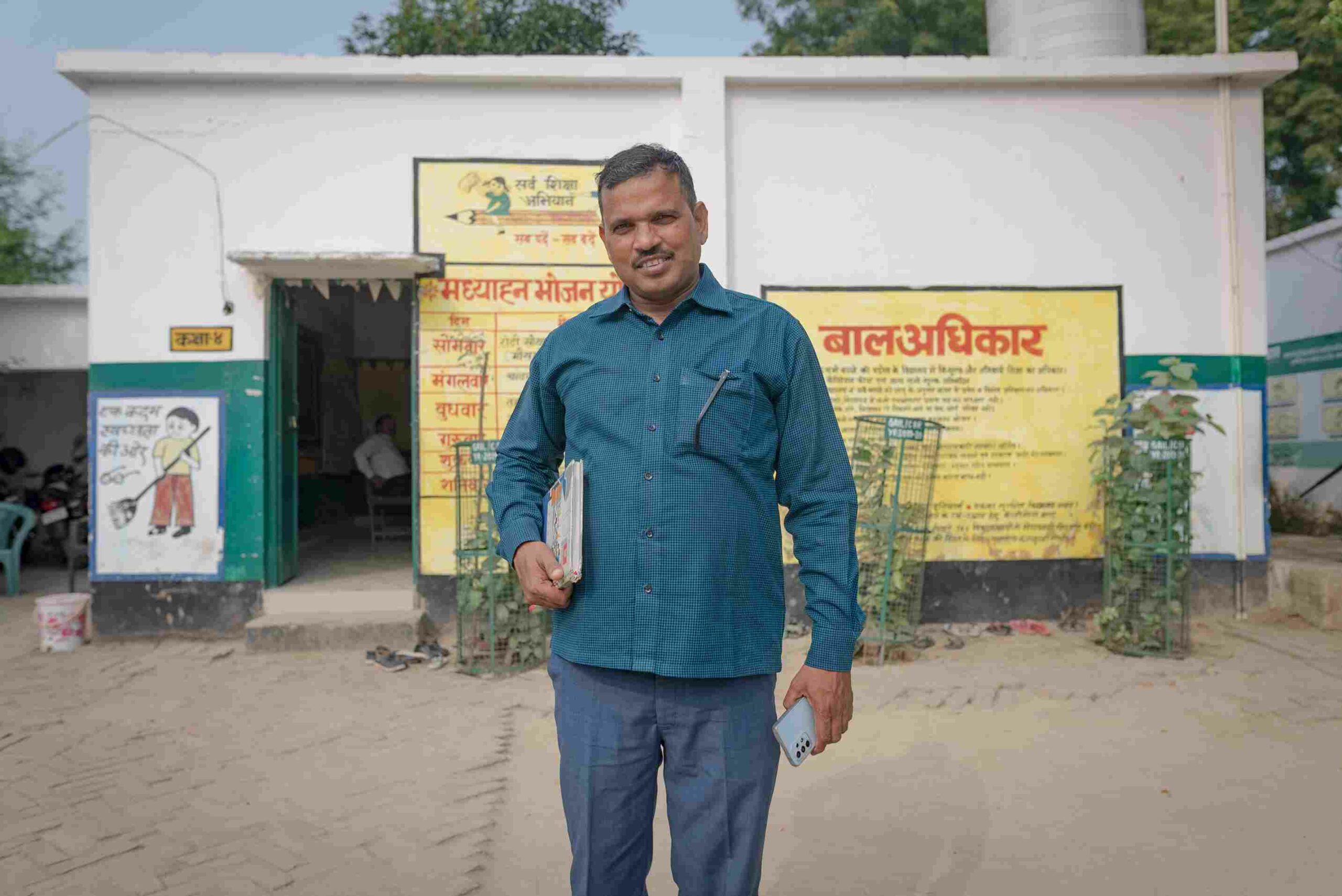
Teachers form the backbone of an educational system
To achieve its vision of ensuring quality school education for all children in India, CSF works very closely with the teachers to ensure that they are well-equipped with the right techniques, right tools, and the right training.
“When teaching children the basics of language acquisition or mathematics, there are certain scientifically proven techniques. For example, if you want to teach children numbers, it’s better to get them started with practical hands-on models. In our programmes, children actually touch physical objects to understand what each number is before teaching them the corresponding abstract symbols. If these techniques are used in classrooms, then children learn and retain better,” he explains.
In most traditional classrooms, teachers have the same textbooks as children. But in the CSF programmes, teachers have access to a whole lot of other helpful tools.
“Our primary tool is a teacher guide. It has step-by-step lesson plans that help the teachers impart these techniques to the students within the school timetable. Even the children are provided with better-designed workbooks and supplements to language learning,” shares Anustup.
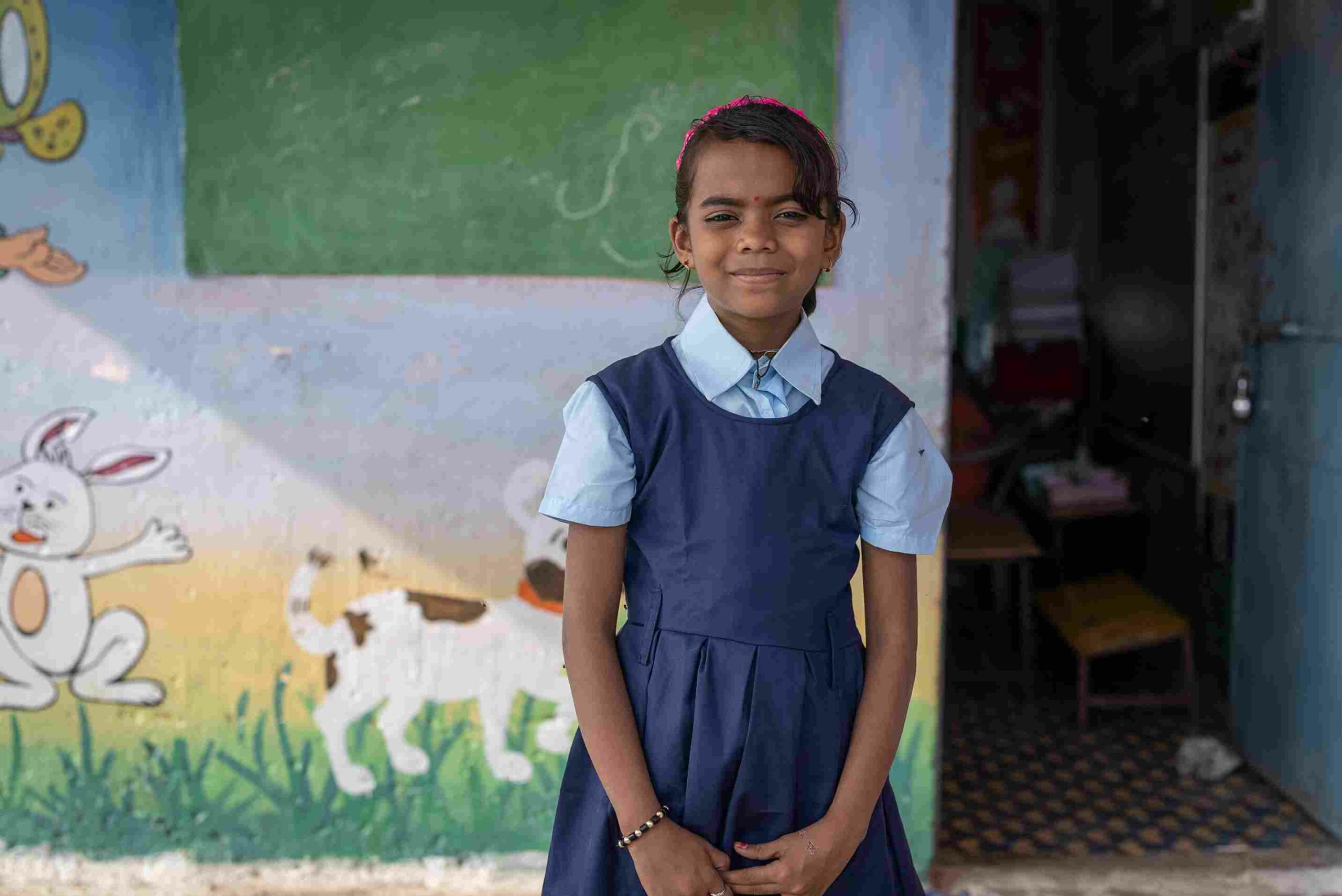
He further shares that very often, teacher training has been largely a one-way transmission of content to teachers, which is not very practical. The teachers go through many training programmes, but they don’t come back with practical techniques that they can actually implement in the classroom.
“What we are designing has demonstrations as a big part of it. The trainers actually demonstrate these new ways of teaching to the teachers, so that they experience it,” he notes.
Anustup says that the teachers are also provided ongoing coaching. “The block and cluster resource persons visit the school once or twice every month. They observe the teachers in the classroom, give them feedback, conduct more demo classes, and also assess some children. This way, continuous input is given to the teacher instead of a one-off training workshop that happens once or twice a year,” he says.
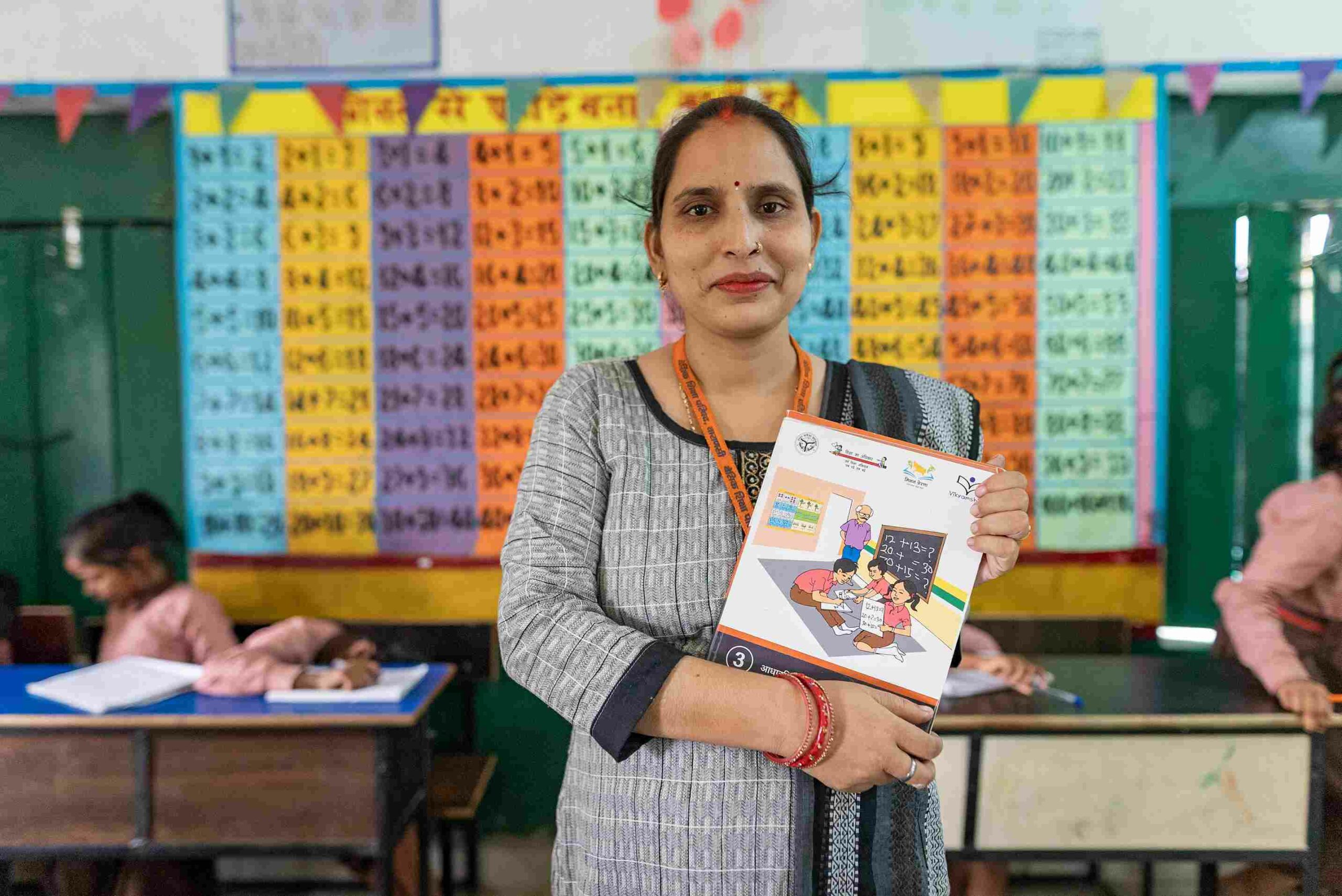
Sunita Singh, a Class 3 assistant teacher at Government Primary School in Sewapuri district of Uttar Pradesh, says, “I used to tutor children in the past. I’ve been through a lot of struggles in my life. But, I worked hard and was selected as a teacher in this school on 6 September 2018. Initially, I used to teach the children with traditional methods. While some grasped the curriculum, others were left without learning. But now, I have reference material in the form of a teacher’s guide. It is very helpful to assess what the students have understood. This helps me cooperate with them and offer help as needed.”
Vandana Dubey, a Class 1 teacher from the same school, says, “I’m very fond of children and have worked hard to prepare them for the future with passion and honesty. Before, I was able to teach them basic language and maths concepts, but many were not able to grasp them despite my efforts. But the teacher’s guide solved my problem. Now, I’m able to teach students with more confidence and help them to learn the concepts well. Today, I’m known as an active shikshamitra in the Department of Corrections, and this is a matter of pride for me.”
With stories of impact like this and the dedicated efforts of CSF, its education-partner NGOs, teachers and students, the programme could help the entire education system move towards a brighter future. If you found our stories insightful, informative, or even just enjoyable, we invite you to consider making a voluntary payment to support the work we do at The Better India. Your contribution helps us continue producing quality content that educates, inspires, and drives positive change. Choose one of the payment options below for your contribution- By paying for the stories you value, you directly contribute to sustaining our efforts focused on making a difference in the world. Together, let’s ensure that impactful stories continue to be told and shared, enriching lives and communities alike. Thank you for your support. Here are some frequently asked questions you might find helpful to know why you are contributing?

Edited by Divya Sethu
This story made me
-
97
-
121
-
89
-
167




